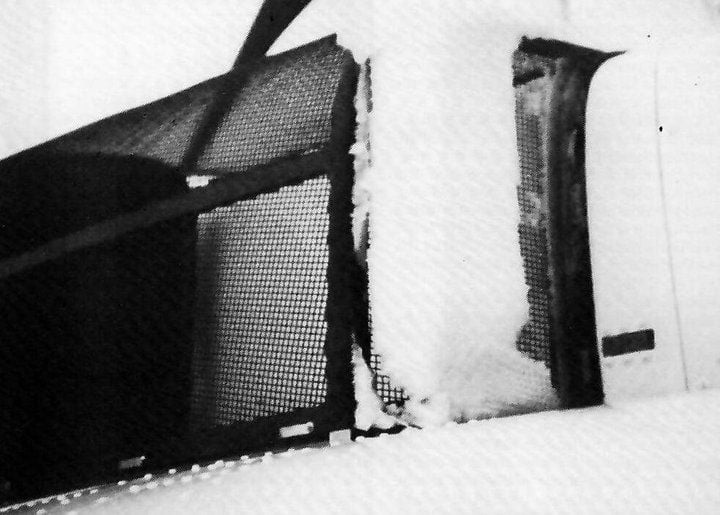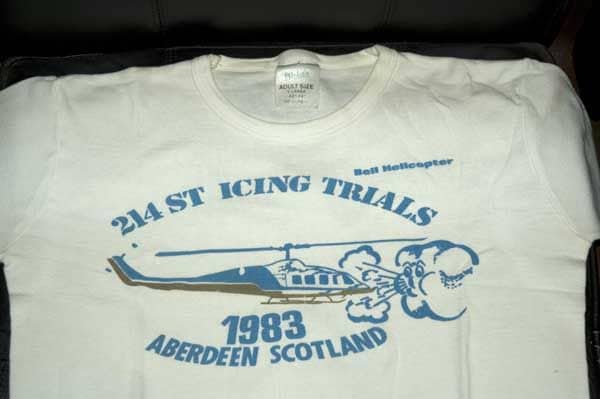In 1983 we did Bell 214ST icing trials out of Aberdeen with a Bell test pilot and our company pilots. The trials resulted in a moderate icing clearance down to -10C - the first such clearance for any North Sea helicopter - as long as there was a 500ft band of positive temperature air over the sea or above safety altitude. In icing conditions a torque rise of 5% did not require any action. If the OAT was below -10C or if the hot rod ice accumulation exceeded 1 cm in 22 nautical air miles action had to be taken to find less severe icing conditions. Down to -5C the trials showed that the torque rise would not exceed 5%. From -6C to -10C there were periodic increases and decreases in one per rev rotor vibrations as ice shedding took place.
The helicopter had a standard equipment fit of engine inlet anti-ice, pitot static heat and windshield heat. The only additional equipment apart from cameras was an unheated wire basket in front of the inlet on one engine so comparisons could be made with the unprotected engine. The windshield wiper arms were a much better indication of ice accumulation than the hot rod ice detector. There was no rotor blade deicing fitted. I remember on one occasion during the trials when below -10C (can't remember the exact temperature) I saw a 15% torque rise followed by a sudden shedding of ice on one blade. That was not pleasant! One problem was getting down quickly so photographs could be taken before the ice melted. A couple of photos.......
 214ST nose ice. The hot rod detector is in the upper central but clear of ice as it had probably been burnt off.
214ST nose ice. The hot rod detector is in the upper central but clear of ice as it had probably been burnt off.
 Inlet basket on the starboard engine.
Inlet basket on the starboard engine.
